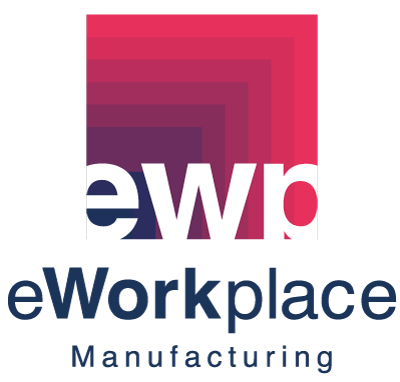On-premise ERP software is enterprise resource planning software that runs on in-house servers at your own location, or at locations under your control. ERP on premise isn’t accessed through the internet and cannot be used outside of a physical work space, but can be used on different mobile and handheld devices. An on-premise solution offers the security and control of using your own IT infrastructure to connect your people, processes, and systems.
Pros
Extensive customization
Will support extensive customization if required.
Internal control of security
The customer controls the security of its data, but at their own risk. A potential advantage for capable businesses adept at best security practices.
Implementation control
More control in the hands of the business, in some scenarios. Can allow phasing of module implementations, which then can allow for more time for training / knowledge transfer.
Hybrid environments
Can support hybrid cloud environments.
Cons
Higher cost of ownership
More up-front investment along with hardware, IT infrastructure, resources, maintenance, and opportunity costs.
Heavier IT infrastructure
Requires in-house IT staff and expertise.
Decreased performance and uptime
Typically slower performance and more downtime than cloud.
Less access and mobility
No anytime, anywhere access as with the cloud and harder to implement mobile solutions.
Longer implementation
Generally longer implementations, especially if extensive customization or phasing of modules.
Increased risk for disaster recovery
Unable to operate if local power is lost. Restore of back-up limited to efficacy of backups and to last backup done. Increased risk of total loss from disaster.
Loss of advantages of full cloud
A full cloud deployment offers easy scalability and inter-connectivity with the supply chain.















